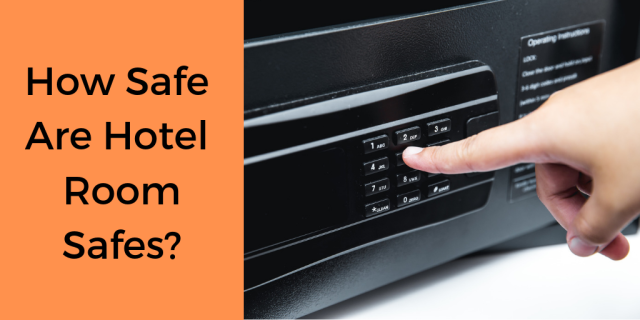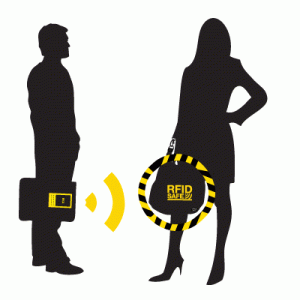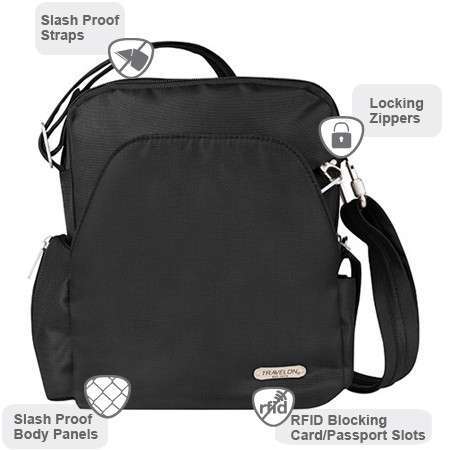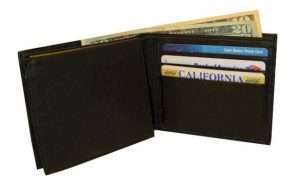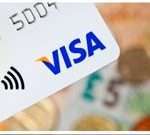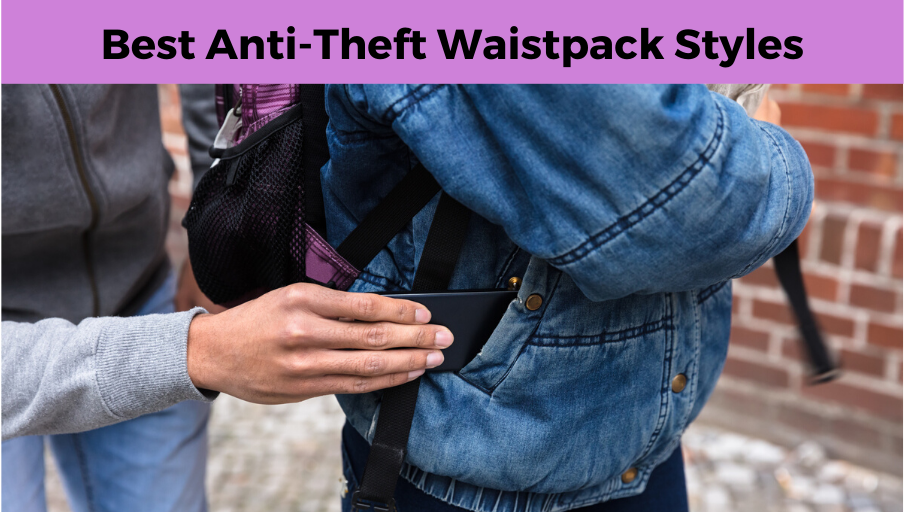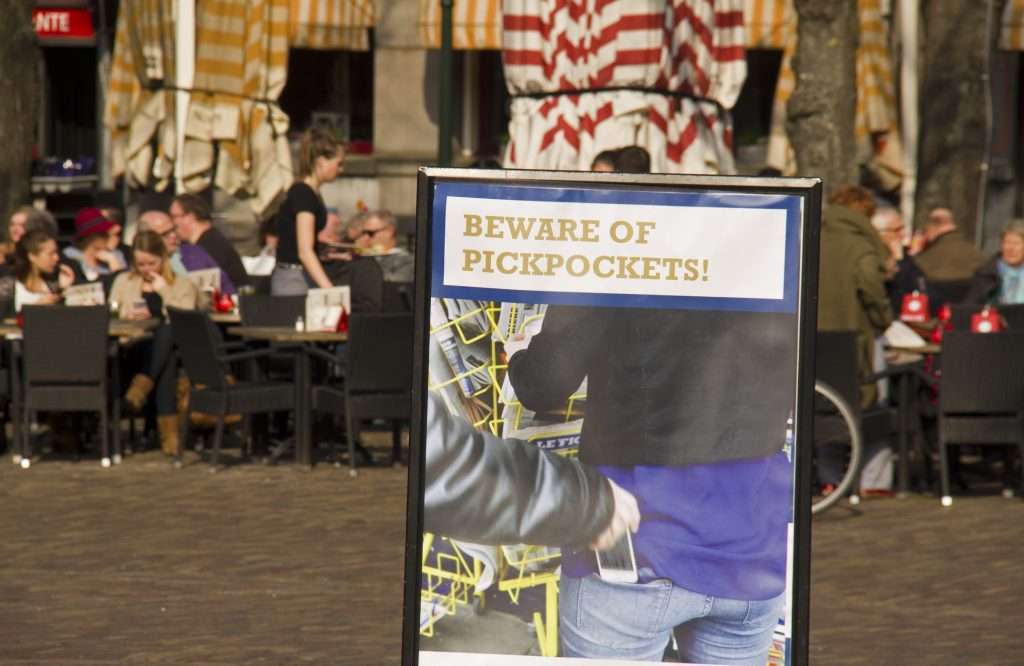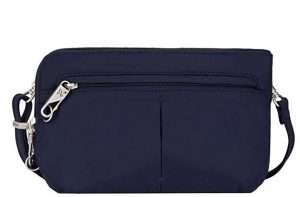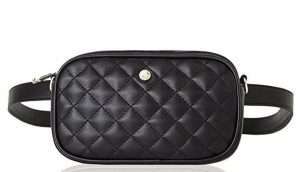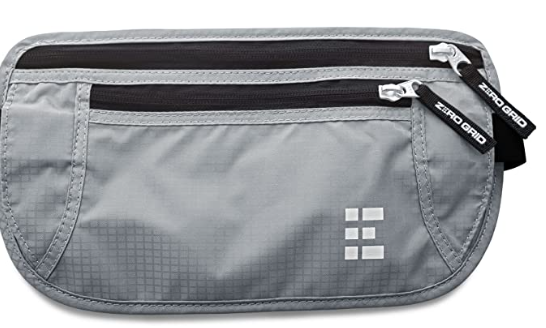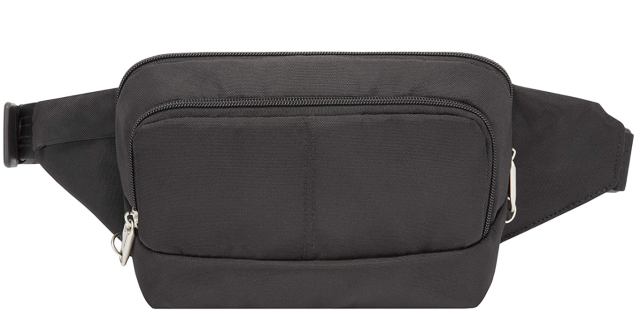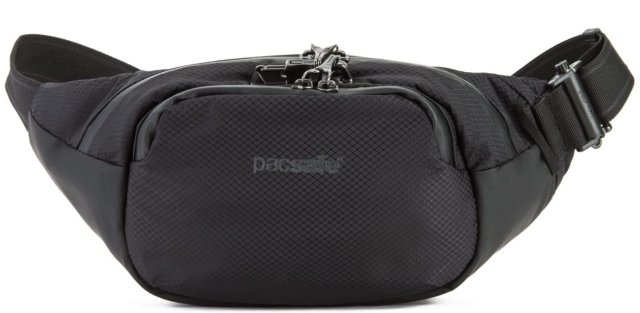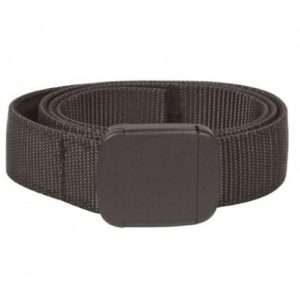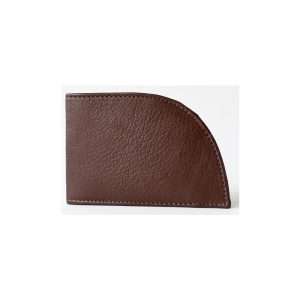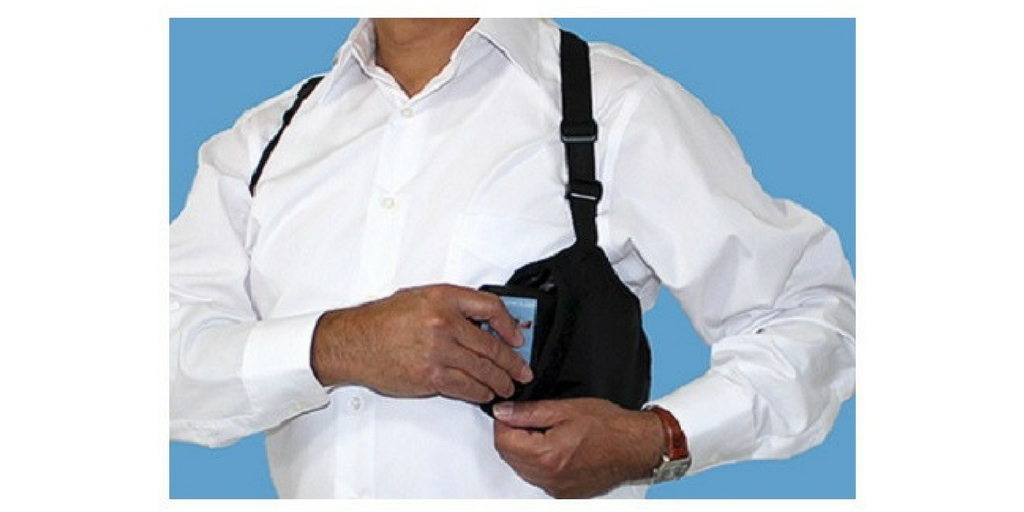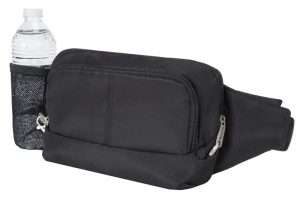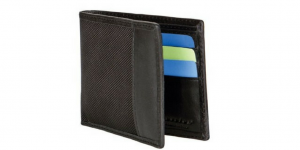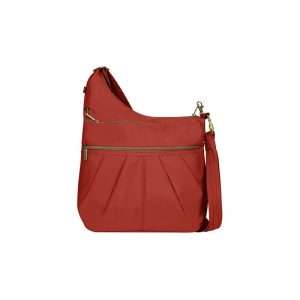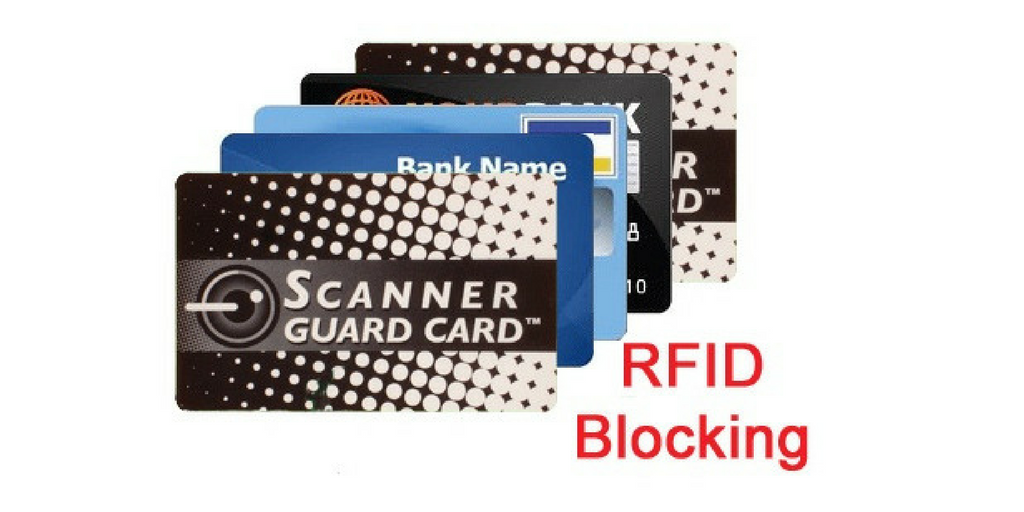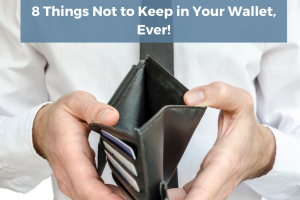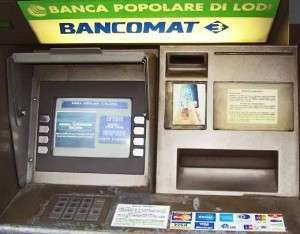Hotel Safety Tips For Travelers
Planning your trip or vacation can be fun and exciting. No doubt a primary concern will be where you will stay. After location and amenities the next thing, you should consider is security and safety when selecting your property. These must-read hotel safety tips can help you find a hotel or resort which takes your security and safety as seriously as you do.
Before Your Trip
- Copy all credit cards, airline tickets, passports, and important documents. Copy both the front and back sides. Alternatively, you can keep a photo of them on your phone.
- Jewelry, luggage, and all valuables you’re taking should be photographed before you pack them. Photos will come in handy in case of loss or theft and with reporting and verifying the loss with law enforcement and insurance
Tips for Selecting a Safe Hotel
- If possible, select a hotel that has installed modern electronic guest room locks. The majority of these locks automatically change the lock combination with every new guest so there is little chance of someone having a duplicate key to your room. If you lose or misplace your key, ask to have your room re-keyed immediately.
- Each room should be equipped with a deadbolt lock and a peephole.
- Most US municipal codes require hotels to have fire sprinklers in hotel rooms, hallways, and meeting rooms likewise for smoke detectors. Hotels in foreign countries may not, particularly if they are a small B and B.
- Each room telephone should allow outside dialing.
- Guest phones located in hallways and lobbies should not allow direct room dialing. Anyone using the phone should have to call the operator and request a room by guest name, not the room number.
- Look for secure locks on windows and adjoining doors.
- The interior hallways, parking structures, and grounds should be well lit.
- The parking garage should not have elevators that directly access guest floors. They should only go to the lobby.
- Does the hotel provide personnel trained in security to escort guests to rooms or autos when requested?
- Is the hotel located in a high crime rate area, especially when traveling overseas? Check with the US Embassy’s Resident Security Officer in that country and they can alert you of areas to stay away from.
Checking into the Hotel (Reception)
- If you arrive via a bus or cab, stay with your luggage until it is brought into the hotel lobby.
- Keep a close eye on your luggage, purse, and gear when checking in.
- Thieves will often take advantage of the distractions in a busy lobby to walk out with your things under the cover of many people.
- One of the first signs of how a hotel treats the issue of security is to observe how hotel room keys are controlled. If the guest rooms still have the older style metal key, and it is checkout time and a pile of metal room keys is laying on the front desk, the hotel is not too concerned about your security. Anyone can take a key laying on the desk. This is not a big concern if the hotel is using electronic key cards but is if the metal keys have the room number embossed on it. You will find this more prevalent overseas.
- Ask the front desk personnel not to announce your room number. Rather, tell them to write it down or point to it. If the desk clerk should do this, explain the problem and asked to be given another room. You never know who is listening. Your room number is a matter of security and the fewer people that know your whereabouts, the better. There’s no need to announce it to the entire hotel lobby.
- When registering, sign only your last name and first initial. Don’t use titles or degrees. It makes it harder to determine gender, marital status or profession. If you are a woman traveling alone, you might consider booking your room as Mr. and Mrs.
- Don’t leave your credit card lying on the check-in counter while you complete your registration. Also, make sure the credit card that is handed back to you by the hotel clerk is really yours.
- Instruct the desk not to give out your name and room number and ask for them to call you if someone inquires about you.
- Immediately upon check-in, get two business cards with the hotel name and address on them. Place one by the phone in the room, so you know where you are, and keep the other on you when you leave so you know where to come back to. If you get lost, you have the address and phone number handy. There is nothing more frustrating than telling a cab driver to take you to the “Marriott,” and they ask which one? That could be one very expensive cab ride. Or if you are in a country where you don’t speak the language, you can show a taxi driver the card and you’re on your way back to the hotel.
Hotel Room Safety Selection Tips
- Maximize safety and security. Select a room located between the 4th and 6th floor. Avoid rooms above the sixth floor–the maximum height that fire-department ladders can reach. Some fire departments overseas, and even some within the United States, do not have the equipment to reach hotel floors above the 6th floor.
- Whenever possible, do not accept a room on the ground floor that has doors and windows that open to the outside. Hotels with interior hallways tend to generally be safer. For security in motels, avoid ground floor rooms off the parking lot. If you can’t get a room on a higher level, take one facing the interior courtyard.
- Guestrooms that are closer to the elevators are safer but tend to be noisier.
Elevator Safety
- Women should be accompanied to the hotel room and the room should be checked, this can be done by a bellman, spring for the tip.
- Observe all the passengers in the elevator.
- It is wise to board last and select floor buttons last.
- If possible, position yourself near the elevator control panel and, if attacked, push as many floor buttons as possible. Keep your back to the sidewall.
- If someone suspicious boards an elevator, exit as soon as possible, even if it is not your floor.
After Checking into a Room, Examine the Following
- Examine the guest room lock and be sure it is functioning properly.
- The closets and bathrooms are checked to make sure no one is hiding.
- All windows and outside doors are checked to ensure they lock and operate properly.
- The lock on the adjoining door is checked to ensure it is locked and works.
- The telephone is checked and you know how to make an outside call.
- Look for information in the room about fire safety and read to become familiar with the nearest fire exit stairway. Locate the nearest fire exit. Find one at each end of the hallway. How many doors away? Does the door open easily? Are the exit signs illuminated? If the lights are out, be helpful, and contact the front desk to let them know. Is the stairwell clear of debris? Make a note on the back of the business card that you place by your bed, noting the number of doors away to the emergency exit, in each direction, and the location of the fire extinguisher and fire pull box.
- When you enter your hotel room, make sure the door closes securely and that the deadbolt works. Keep the deadbolt and safety bar on at all times. It cannot be stressed enough that you should never prop your hotel room door open. Anyone could walk in.
- Place your room key in the same place every time, preferably close to the bed.
- If you have to leave the room in a hurry due to an emergency, you won’t have time to be searching for your key. Also, you’ll need the key to get back into the room.
- When inside a hotel room, for whatever length of time always use the deadbolt. If the room does not a deadbolt or heavy-duty security clasp but has a chain, twist it to take up the slack before latching it.
- Don’t open the door to your room unless you’re certain of who the person is on the other side.
- If you receive a phone call to your room and the person states they are with the hotel and need to come to your room and repair something, use caution. Always get the employee’s name and call the front desk to verify that it was a legitimate employee who called you, and they do, in fact, need to come to your room.
- If you want to test the hotel, call the front desk from a house phone and ask for yourself. Tell the operator you are not sure of the room number. If the answer is, “She’s in room 203,” this is not a good sign. The correct answer is, “I’ll connect you.” Good security requires that the hotel switchboard not give out room numbers and the best hotels strictly adhere to this policy.
- When inside your room, use a door stopper when sleeping or in the shower. This may seem a little overkill but overseas, hotel burglars have been known to frequent hotels that use standard metal room keys that are easy to obtain. Unfortunately, many hotels do not change the locks to the doors when the keys are lost, the criminals know that many of the hotel rooms might contain valuables of the presumed wealthy western traveler from the United States. Some of the crooks are very bold. They have been known to listen to the room door to see if you are in the shower. If you are, they enter your room with the spare key (because no secondary door lock) and remove your wallet, purse, or laptop. If someone else is in the room the crook is well dressed and says “sorry, the front desk gave me this key.” By using a travel door stopper you keep everyone, even those with a key out.
Place a Flashlight or Your Phone Next to Your Bed
- It’s much too dangerous to be stumbling around in a dark hotel in the middle of the night if the electricity goes out. Also, if you have to evacuate in the event of a fire, the flashlight will help guide you down a smoke-filled hallway.
- Remember, if there is a fire or other emergency, you are pretty much on your own to evacuate yourself, especially at night. What you learn in the few minutes it takes you to orient yourself to your room and the surrounding areas could mean the difference between life and death.
- If you lose your key, ask for a new room or have the lock or electronic key card changed.
When You Leave Your Hotel Room
- When you leave your room, always leave the television on.
- Place the “Do not disturb” sign on the door. If you want maid service, call to housekeeping and tell them to make up the room but leave the sign on the door. The sign is valuable when you aren’t in the room because it gives the impression you are still inside.
- At night, leave a light on, and drapes should be partially opened as if someone was inside.
- Always use the security vault in the hotel. The in-room safe is adequate sometimes. The ones least recommended are those that take standard keys (usually overseas). Preferred are those that have an electronic combination lock. The front desk deposit boxes are usually safer but more inconvenient.
What to Take When Leaving Your Hotel Room
- Take only enough cash and one credit card for that outing.
- Carry “bait money” for potential thieves. Throw it in one direction and run in the opposite direction should you become a target.
- Wear minimal jewelry. Some women travelers wear only a simple wedding band in place of a diamond ring. Remember in some foreign destinations a diamond ring might be worth what someone there might earn in a year. Remove the temptation!
- Protect money, credit cards, and passports with a body-hugging money belt.
Laptop Security in a Hotel Room
- Laptop computers or other expensive items should be placed in the room safe, if it is slightly larger travel with a portable travel safe. Would you leave your wallet or purse sitting on the table in the middle of your room? Usually not, don’t do the same with an expensive laptop sitting there!
Hotel Parking Lots
- If you valet park your car at the hotel, and the valet driver puts a card on your dash, make sure it does not show your room number, always keep it private.
- Do not leave valuables in your vehicle. Crooks know that rental cars often contain items of value.
- Park as close to an exit as possible or a well-lit part of the garage.
- When approaching a car, always have keys in hand.
- Women should keep purses close to their bodies not loose and dangling off a shoulder. Keep it in front of you with a hand on top of it. Do not feel awkward asking for an escort to your car. It is recommended to use the valet service at night, the extra cost is worth it.




